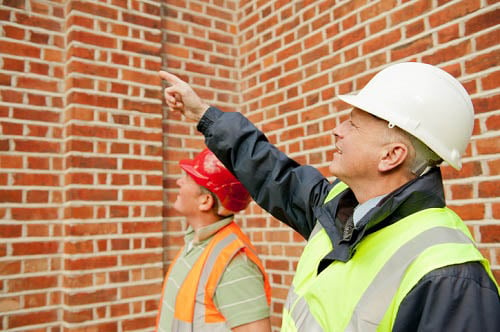NAHB cites cost of regulation on sector

Affordability of multifamily housing units is being heavily impacted by the burden of regulation, builders told lawmakers Wednesday.
The National Association of Home Builders is urging Congress to consider the cumulative impact of regulations that it says accounts for almost one-third of a multifamily project’s development and building costs.
NAHB was represented before the House Financial Services Subcommittee on Housing and Insurance by Steve Lawson of The Lawson Companies based in Virginia.
He told the committee that the cost of regulation permeates through every phase of the building process.
“It results from local, state and federal mandates,” said Lawson. “It includes the cost of applying for zoning and subdivision approval, environmental mitigation, and permit, hook-up, impact and other government fees paid by the builder. In many cases, these projects become financially infeasible and, therefore, are not built,” Lawson said.
New study reveals costs
New research by NAHB and the National Multifamily Housing Council shows that well over 90% of multifamily developers typically incur hard costs of fees paid to local governments, both when applying for zoning approval, and again when local jurisdictions authorize the construction of buildings.
Then there are the increasing demands from state and federal regulators adding fees and regulation.
“Multifamily builders and developers are seeing strong demand, but there are headwinds that have impacted further development,” said Lawson. “Some developers have had difficulty getting projects off the ground due to regulatory burdens and neighborhood opposition in certain parts of the country.”
Among the issues builders want Congress to address are the lumber and steel tariffs imposed by the Trump administration and remove barriers to multifamily housing production.



